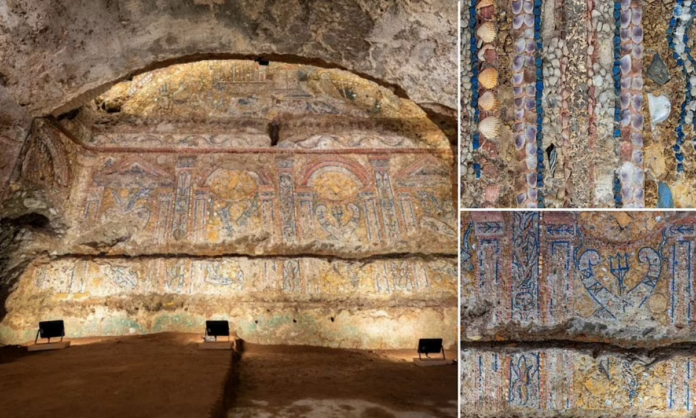In a groundbreaking archaeological discovery near Rome’s iconic Colosseum, researchers have unearthed a Roman home that showcases a stunning and historically significant mosaic. This extraordinary find sheds light on the opulence and cultural significance of Roman domestic life over 2,000 years ago. The mosaic, described as ‘unparalleled’ by experts, offers a glimpse into the grandeur of Roman high society and their artistic achievements.
Discovery of the Roman Domus
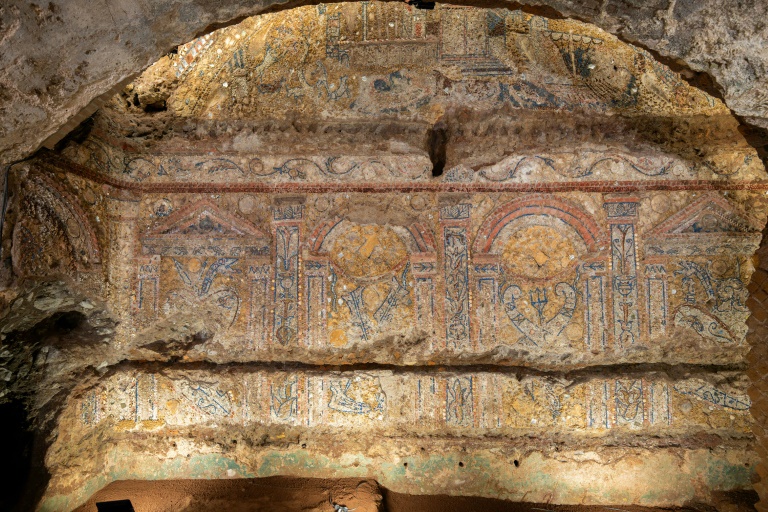
Archaeologists have revealed a luxurious Roman residence, or domus, dating back to between the second half of the 2nd century BC and the end of the 1st century BC. The domus was first brought to attention in 2018 when a series of walls were discovered. Spread across multiple floors, the building includes several yet-to-be-excavated rooms. The ongoing excavation is expected to continue well into 2024, gradually unveiling more of this ancient marvel.
An ‘Unparalleled’ Mosaic
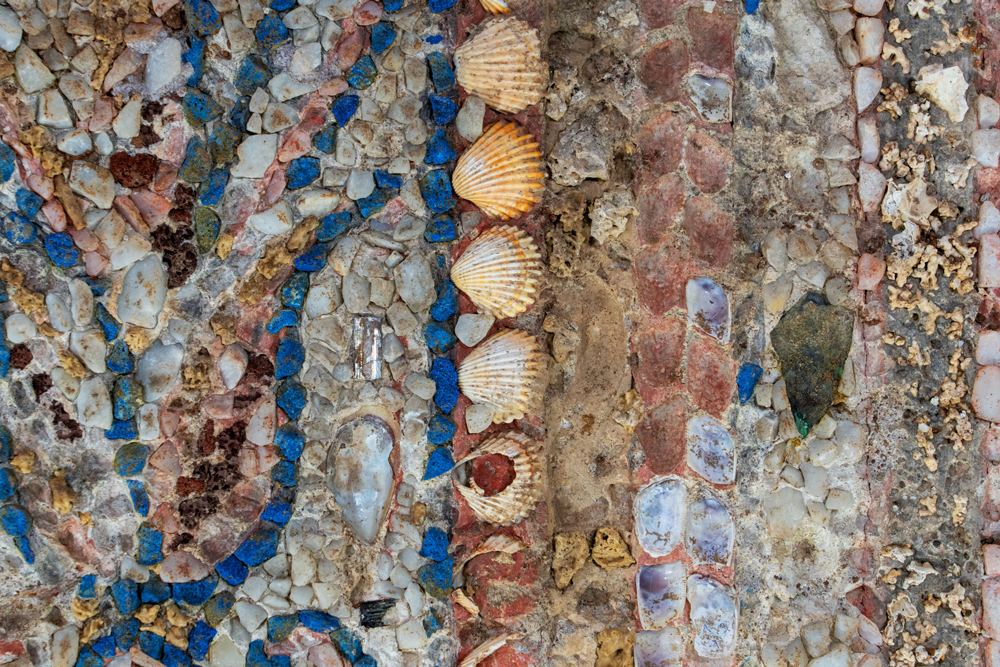
The centerpiece of this discovery is an extraordinary mosaic that features a complex and intricate design. According to the Culture Ministry, the mosaic includes shells, marble, and precious glass, creating a vivid depiction of maritime and coastal scenes. Three large ships are shown riding waves towards a coastal city, its walls adorned with small towers and porticoes. This depiction likely symbolizes the homeowner’s military victories and high status.
The mosaic is notable for its ‘rustic’ style, which is unique in its chronology and the complexity of the scenes it portrays. It includes a variety of materials such as Egyptian blue tesserae, precious glass, and minute flakes of white marble, arranged to form a ‘complex sequence’ of images. Among the depicted elements are weapons, Celtic-type trumpets, warships, and tridents, which suggest a double triumph—both terrestrial and naval—by the home’s owner.
The Banquet Hall and Water Games
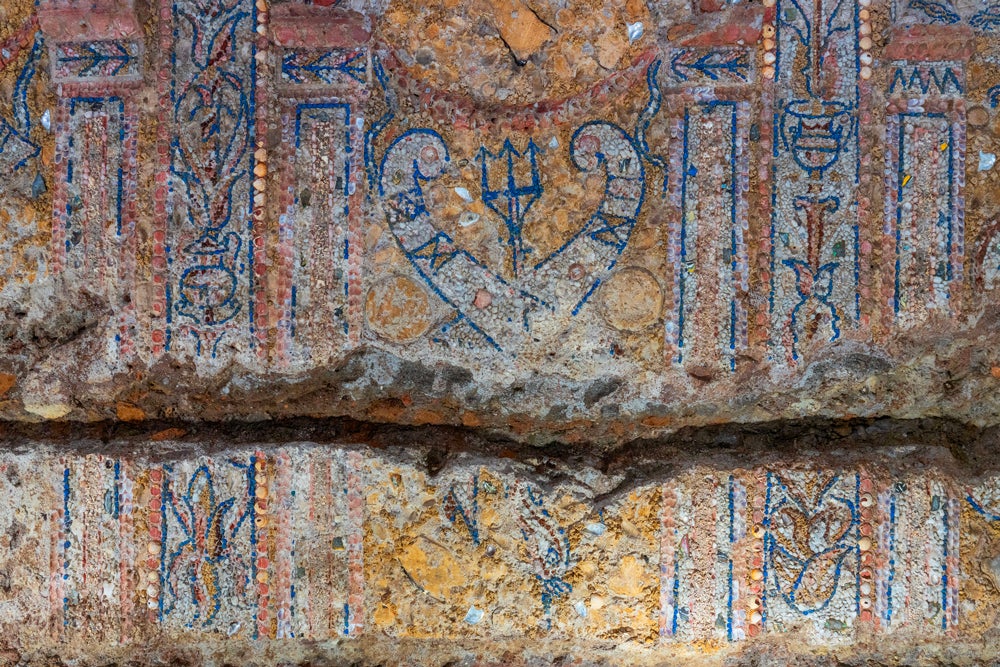
The domus features a main room designed as a banquet hall styled as a grotto, which was used during the summer months. This lavish space was likely used for entertaining guests with spectacular water games, facilitated by lead pipes installed between the decorated walls. Such amenities highlight the homeowner’s wealth and the social importance of entertainment in Roman culture.
Artistic and Historical Significance
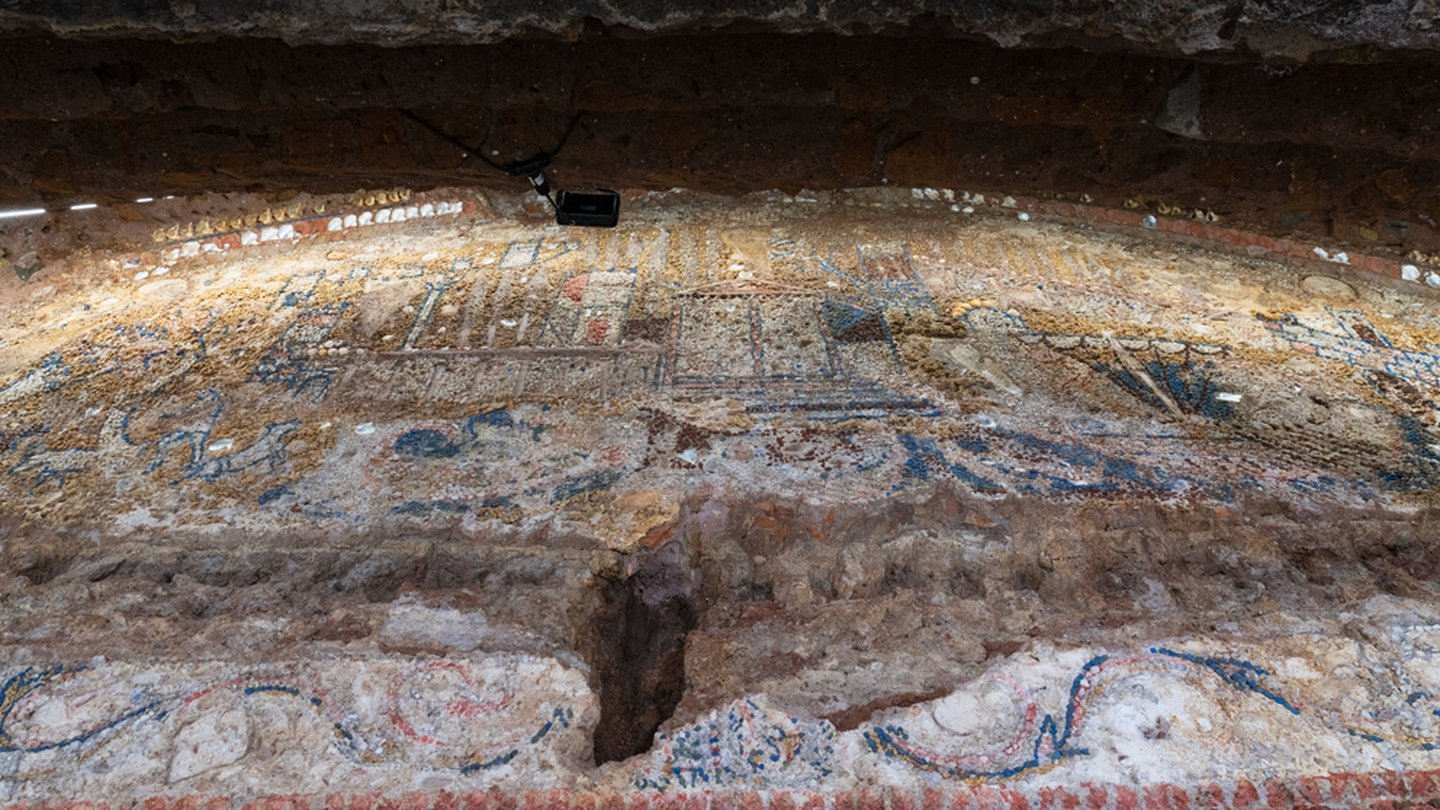
The mosaic’s depiction of a coastal city and ships facing a simulated sea adds a fascinating layer to the historical narrative. The portrayal of a coastal city, simulated with travertine rock, may allude to a military conquest by the homeowner, who was presumably of senatorial rank. This artistic representation not only celebrates victory but also serves as a testament to the homeowner’s aristocratic status.
In addition to the mosaic, a white stucco of the highest quality was found in an adjoining reception room. This high-quality stucco, along with the mosaic, underscores the domus’s significance as one of the most evocative ancient Roman residences discovered to date.
Conclusion
The uncovering of this Roman home and its unparalleled mosaic near the Colosseum provides a rare and invaluable glimpse into the life and status of ancient Roman nobility. As the excavation continues, further discoveries may enhance our understanding of Roman art, architecture, and social customs. The Culture Ministry and archaeological teams are committed to preserving and eventually making this remarkable site accessible to the public, ensuring that the splendor of ancient Rome continues to inspire and educate future generations.
